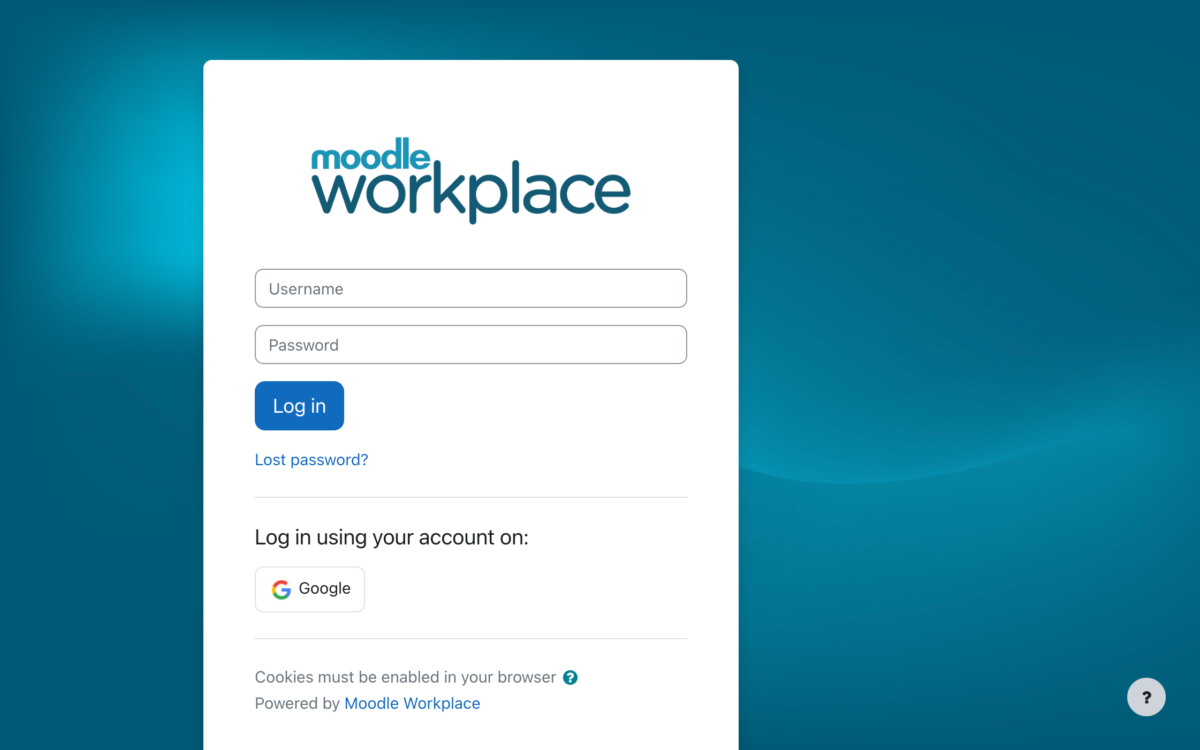How much do you need to invest in L&D to get if off the ground?
There are some straightforward calculations you can make to answer that vital question before taking it to the people who will pay for it. The following are factors to take into account to answer the key question of “how much”.
1. Will the training be external or internal?
External training is provided by a third party and can often involve travel to an outside location for x-number of days or hours. This is a relatively easy calculation—since you will have a cost per head to work with on top of travel and possible lodging expenses for employees.
Internal training takes place at an on-site location and may involve the hiring of an external provider or someone in-house, like senior managers, who are mentors. Calculating this can be straightforward if you are hiring a third party to bring in, but becomes more complicated when determining the hours it takes for someone internal to provide the training.
This type of in-house training may be informal in that line managers need coaching, so you have to be aware of how much their time is worth away from the job and training managers to be information coaches.
2. What are the development costs?
These can be looked as one-time costs and will include the time it takes to develop the learning materials, define the best way to deliver them, and prepare evaluation tools. If third party consultants are used, these costs are usually factored into their fees unless customisation of learning and assessment materials is required. If the learning and assessment materials are developed in house, then a careful accounting of time spent on the project should be recorded.
It may be cheaper in the long run to hire an outside consultant because they have already put in the time and effort into developing the entire learning package so you don’t have to re-invent the wheel in house.
Another strategy is to launch a pilot training program (either internal or external) to test its effectiveness before an organisation wide rollout and investing the money.
A standard measure is that overheads are calculated between 30 % and 50% of salary costs.
3. What are the delivery costs?
Costings should include: venue, trainers, equipment, handouts, and catering. Remember the first rule of thumb with any training program: Feed your trainees and make it something other than snack food that is high in fat and sugar. As a common rule of thumb, overheads are often calculated as between 30% and 50% of salary costs.
Now comes another key factor: should I invest in an eLearning system to save money in the long run. The short answer is that automated learning systems cost money to develop—particularly engaging content.
If you have the content already made, it can be a relatively simple matter to upload it into a learning management system and roll it out online. My Learning Space can help you with managed hosting of your project.
The top line is that you end up spending larger sums when you need to customise and integrate that content.
My Learning Space offer consultancy services to help you answer these very important questions and scope your project.







